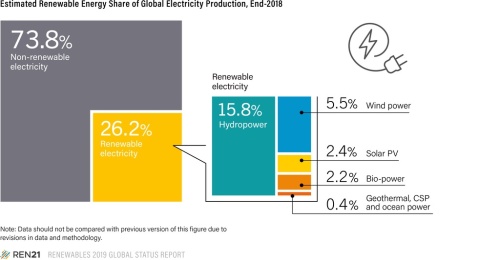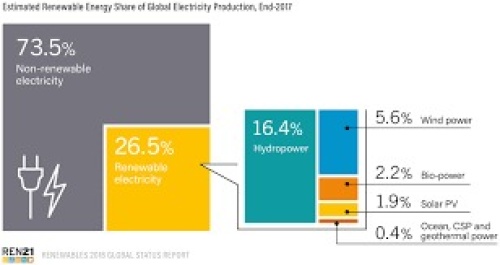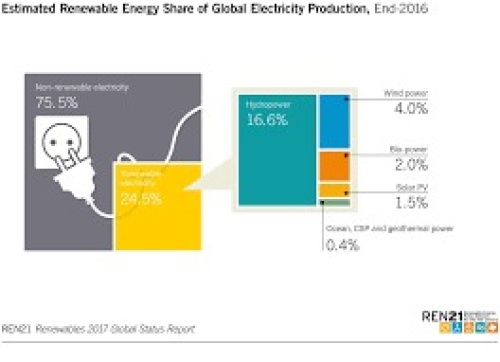kublikhan wrote: We are so far from hitting limits to efficiency gains it's not even funny.
It depends upon where you are looking. Efficiency gains of solar PV panels and wind turbines are nearly at max as I posted earlier. I'm pretty convinced that the EROEI of renewables is too low to support the complex industrial society necessary to produce and maintain them--without the continued support of fossil fuels. And when you add in the required storage, the EROEI plummets. Obviously, there are transmission gains to be had via HVDC, but that will require trillions in investment. Same for powerlines to move energy to facilitate the advent of everyone plugging in their EV. People will wring everything they can out of every system there is going forward, but it will not replace the energy density of oil and other fossil fuels. Same with conservation efforts. They will just perpetuate unsustainable growth.
75% of world energy will come from fossil fuels through 2040 (IEA). We must remember that 65% of the increase in developing country energy demand will come from the Asia Pacific region. 2/3rds of all new oil demand will be for jet fuel and diesel in this region. IEA forecasts that the pace of electricity demand growth will exceed that of total energy demand growth. IEA is forecasting a 62% increase in global power generation between 2017 and 2040, the vast majority of which will come from developing countries. The fastest growth will occur in Africa, where power generation is expected to jump 140%. The Middle East (96%), Asia Pacific (84%), and Central and South America (68%) also will experience tremendous growth. This is where renewables and efficiency gains need to be deployed and the US needs to invest and help facilitate investment. Why? Because that is where the people will be born that will demand the energy. Without investment, these folks will reach for fossil fuels. And with oil now so low people are paying someone to take it off their hands...We face a bottleneck that we will not pass through.





